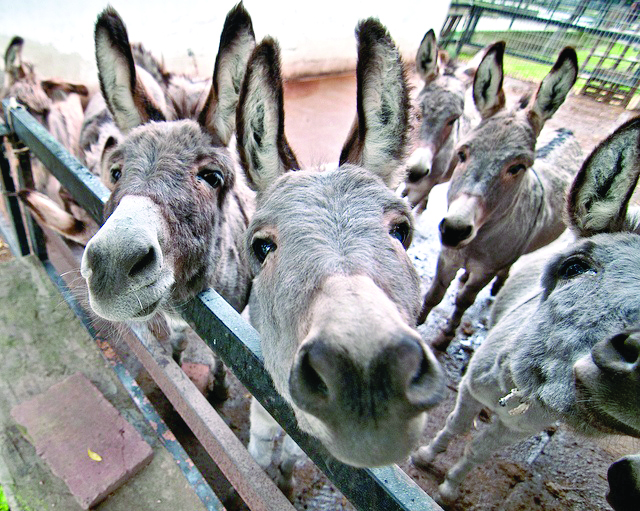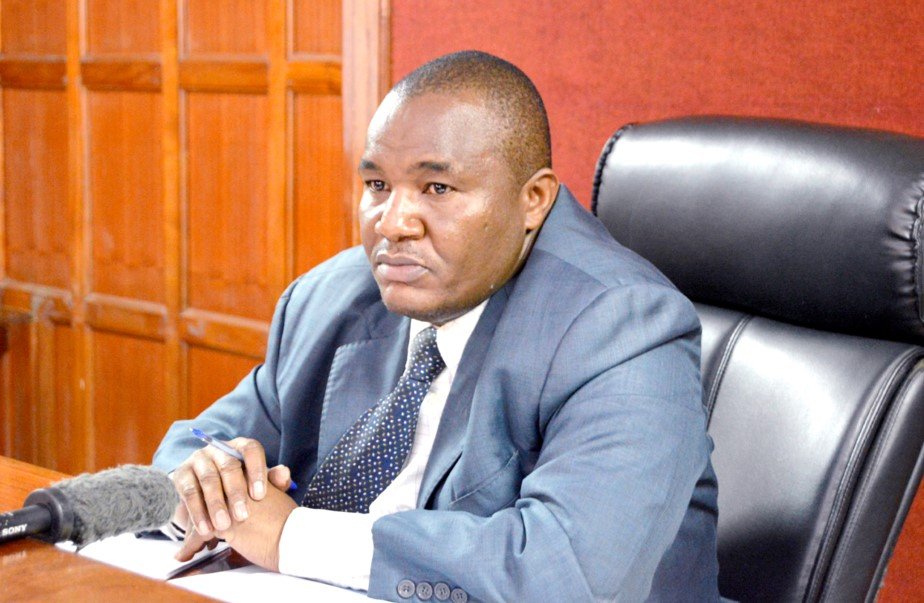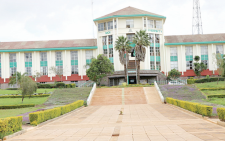Donkey breeding is still a major problem in Kenya and Africa

Kenya Network for Dissemination of Agricultural Technologies [KENDAT] – an animal charity group is calling upon county governments to protect the donkey farmers in their locality.
“Despite the ban on donkey slaughterhouses, donkey farmers in rural areas are still losing their tool trade.
This means that the slaughtering of these animals is being done in secrecy and unless both the national and county governments work together the population of our donkey is decreasing at an alarming rate,” says Eston Murithi CEO-KENDAT.
Murithi argues that most of these commercial slaughterhouse owners say that donkey breeding is possible, yet scientifically it takes longer for breeding to occur.
“We all know that the average donkey pregnancy lasts for well over a year. Research by the University of Reading on donkey breeding systems that are being set up in China may be able to produce the 4.8 million skins needed annually.
However, the university findings show that new farming systems will take at least 10 – 15 years to meet the demand. It further reveals that nutrition affects reproduction, meaning breeding is even more challenging in resource-poor environments where donkeys are often less well nourished, such as in Kenya,” comments Mr. Murithi.
He added that for donkey breeding to take place, it would relate to how they are fed, transported, given space to roam, and given appropriate and regular professional health care, to name just a few.
Handlers would also need to be trained in how to recognize behavioral signs of compromised welfare.
On a small scale, it may be achievable to meet some of these requirements, but achieving these standards on a farm of sufficient size to satisfy the 4.8 million donkey skins needed per annum to meet the current demand for ejiao would be impossible.
The space alone needed to supply another 300,000 would take an area half that of the Maasai Mara national game reserve (371,200 acres or almost 600 square miles in total).
Currently, the African continent is experiencing a low fertility rate, minimal attention and management of donkeys by farmers, and the recent commercial slaughter of donkeys for the export of skin and meat threatens to drive the donkey into extinction.
In a recent Pan African Donkey conference held in Tanzania, the Permanent Secretary in the Ministry of Livestock and Fisheries Tixon Nzunda said that in Africa.
“Most donkeys in Africa suffer from inbreeding, poor nutrition, inadequate health, and veterinary services.” KENDAT has embarked on a program of training donkey farmers in the Mount Kenya region.
“The donkey has also helped in eradicating drug abuse in the region. We have also started providing donkey breeding skills to enable the population to increase in this region. Currently, we are providing female and male donkeys to the different groups we are working with in Kirinyanga, Tharaka Nithi, and Embu counties.”
Mary Wambui – a donkey owner in Kirinyanga County recalls how the program has helped her.
“We have been sensitized on how to care for a pregnant donkey to ensure that they have good nutrition and good rest which requires that they work fewer hours and also care for its emotional status. By doing these things then you are helping the donkey throughout its gestation period hence this will guarantee a good foal being born.”
However, she acknowledges that it’s very difficult to have breeding every year.
Mary “Donkey breeding takes years, I have been a donkey farmer for the last 15 years, and all my three donkeys have given birth thrice because that’s how they are wired and the idea of donkey breeding on large scale is a big lie.”
In a fresh bid to overturn the Kenyan government’s decision to ban the slaughter of donkeys for the production of ejiao, a gelatin produced from donkey skin used in cosmetics and Traditional Chinese Medicine, Goldox Donkey Abattoir argued that farming donkeys could be the solution to the country’s dwindling donkey population.
Over the last nine years, Kenya’s donkey population has declined by a third.
Ejiao’s medicinal benefits are unsupported by clinical research, but this has not prevented it from soaring in popularity amongst those able and willing to pay the £300/kg it can fetch.
The popularity of this luxury product has fueled a vociferous trade across the world but especially in Africa, and four slaughterhouses were set up in Kenya in the last decade.
This soon led to Kenya becoming the epicenter of the trade, with 15% of the country’s donkey population being slaughtered in one of these four slaughterhouses between April 2016 and December 2018, not to mention those illegally slaughtered in the bush.










